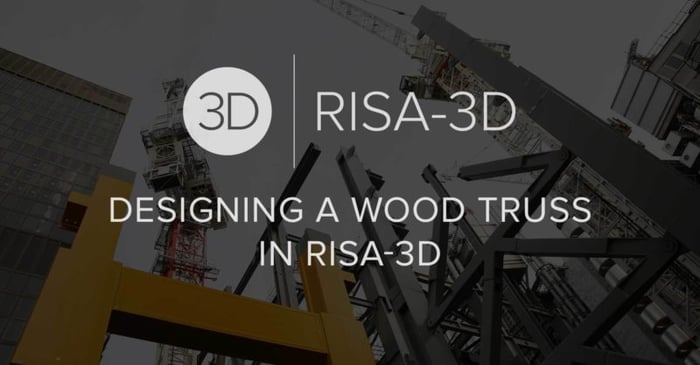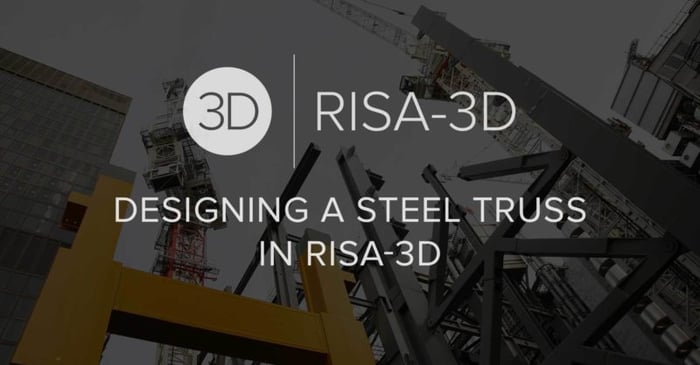
November 13, 2019
Designing a Wood Truss in RISA-3D
Year-End Is One of the Few Times Engineers Can Actually Rethink Tools Most engineers don’t change core analysis software in the middle of a deadline-driven project. End of year is different. Budgets are closing out, project schedules tend to soften slightly, and teams finally have a moment to evaluate what worked — and what slowed them down. That combination creates a rare window to reassess tools without the pressure of an active permit submission. For many firms, it’s also when leadership asks bigger operational questions: Are we spending too much time reworking models? Are our engineers relying too heavily on spreadsheets? Are we confident scaling into slightly larger or more complex jobs next year? Budget Resets and Training Calendars Create Natural Momentum Year-end decisions often align with practical realities. Software budgets reset in January, making it easier to justify a purchase that didn’t fit earlier in the year. Training calendars are also easier to plan before the new project backlog fills up. Engineers can start the year productive instead of learning a new workflow mid-project. This timing matters. Firms that switch tools before the new year often avoid the “we’ll deal with it later” trap — and later rarely comes…
Read More



In RISAFloor on the roof level, you layout only the top chords of the truss and create your slope. These top chords by themselves probably won’t be sufficient enough to get designed in RISAFloor, but, don’t worry, we’ll take care of that in RISA-3D when we model the rest of truss.
Our monthly "Structural Moment" newsletter is the best way to keep up with RISA’s product updates, new releases, new features, training events, webinars and more...